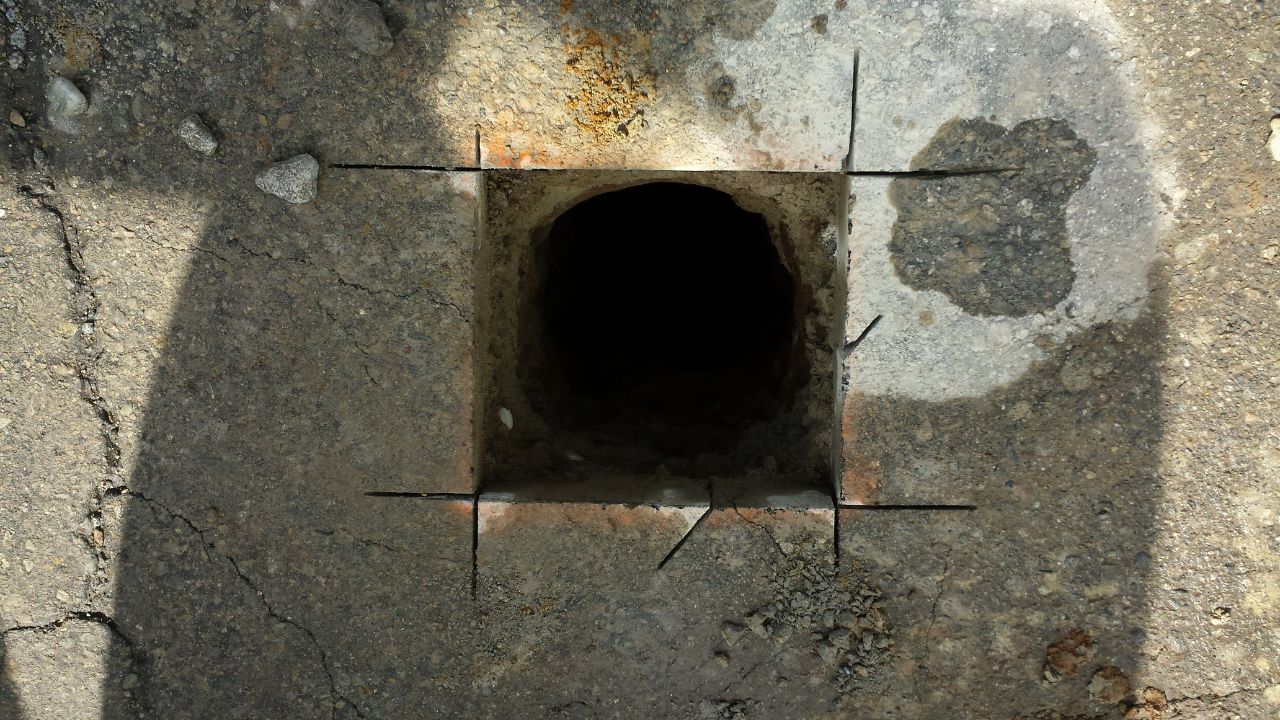
Key Takeaways
Underground utility locating is essential in modern construction and infrastructure projects, but it comes with its fair share of challenges. Traditional excavation methods often carry significant risks, including the accidental damage to underground utilities.
This is where vacuum excavation technology, also known as potholing, comes into play. By using air or hydro (water) pressure to safely remove soil, vacuum excavation provides an effective way to confirm the exact locations of underground utilities while minimizing the risk of damage.
In this article, we will explore the role of vacuum excavation in private underground utility locating services, how it helps in accurately locating utilities, and best practices for integrating vacuum excavation with utility locating tools.
Vacuum excavation, also known as potholing, is a non-invasive method used to expose buried utilities without the need for traditional digging. It uses a vacuum truck equipped with powerful suction systems that remove soil from around underground utilities, revealing their exact location and depth. The process can be performed using two methods:
Both methods offer a safe, efficient way to expose utilities without damaging them, making vacuum excavation technology an invaluable tool in underground utility locating services.
When locating underground utilities, accuracy is key. Traditional methods, like digging or using metal detectors, can be imprecise, leading to costly mistakes or even damage to existing infrastructure. Vacuum excavation solves this problem by providing precise, real-time results, confirming the exact location of utilities.
Vacuum excavation allows for the precise removal of soil and debris around buried utilities. This process exposes the utility in a controlled and safe manner, allowing utility locators to confirm its exact position without the risk of damaging it.
Because vacuum excavation is non-invasive and uses targeted suction, it causes minimal ground disturbance compared to traditional digging methods. This is particularly important in sensitive areas, such as urban environments, where preserving the surrounding infrastructure is a priority.
One of the most significant advantages of vacuum excavation is its ability to minimize the risk of damaging underground utilities. Conventional excavation methods, such as mechanical digging, often pose a high risk of damaging cables, gas lines, or water pipes. Vacuum excavation offers a much safer and more precise alternative.
Vacuum excavation allows for precise, targeted excavation, which significantly reduces the risk of accidental utility damage. The excavation is done in small, controlled sections, focusing only on the area around the utility. This is particularly helpful for delicate or vulnerable utilities like fiber optic cables or gas lines.
Vacuum excavation is also gentler on the surrounding environment. Traditional digging often leads to large-scale ground disturbance, which can damage nearby plants, trees, or roads. In contrast, vacuum excavation services are less disruptive and environmentally friendly, making them ideal for projects in sensitive areas.
To maximize the effectiveness of vacuum excavation technology, it’s important to combine it with the right locating tools and follow best practices. Here are some tips to ensure a successful and efficient vacuum excavation process:
While vacuum excavation exposes underground utilities, it’s important to combine it with utility locating tools to ensure that the right asset is identified. Typically, a combination of ground-penetrating radar (GPR) and electromagnetic (EM) locators is used to detect the presence of utilities before using vacuum excavation.
Combining these technologies with vacuum excavation ensures that utilities are not only exposed safely but also accurately identified.
Before starting the excavation process, thorough planning and coordination are essential. It’s important to know the type and layout of the utilities in the area to avoid unnecessary excavations.
Depending on the type of soil and the depth of the utility, choosing between air excavation and hydro excavation is critical. For harder soils or deeper utilities, hydro excavation might be more effective, while air excavation is ideal for softer ground.
Choosing a professional private utility locating service ensures that you have access to the latest technologies, expertise, and tools needed to carry out safe and efficient underground utility location. By combining vacuum excavation with utility locating services, you can minimize the risk of damage, reduce disruption, and ensure accurate results.
For projects that require safe, efficient, and accurate underground utility locating, Bess Utility Solutions offers state-of-the-art vacuum excavation services. Combining the latest in vacuum excavation technology with private underground utility locating services, Bess Utility Solutions ensures that your projects are completed on time, on budget, and without costly mistakes.
Contact Bess Utility Solutions today for all your utility locating and excavation needs.